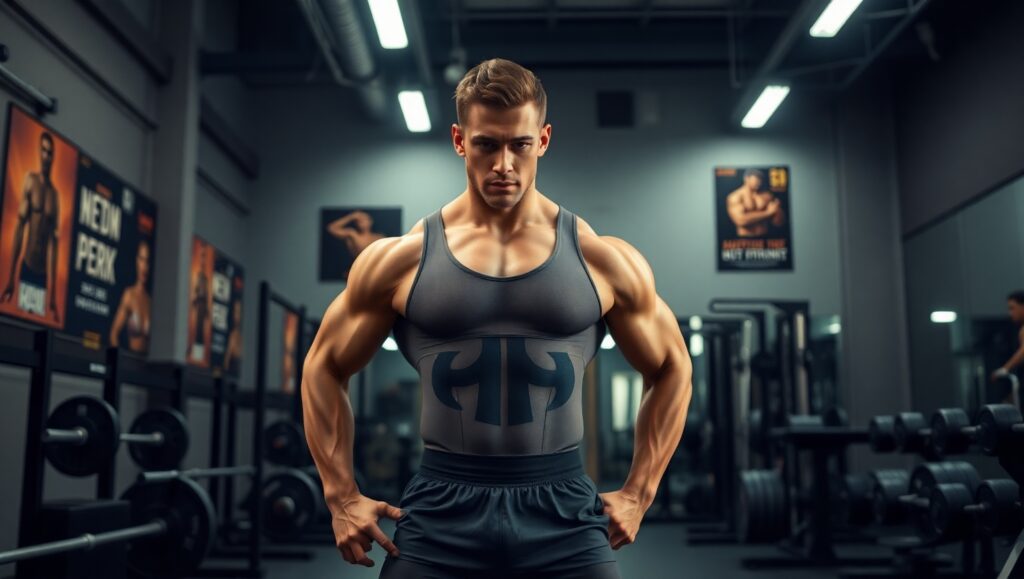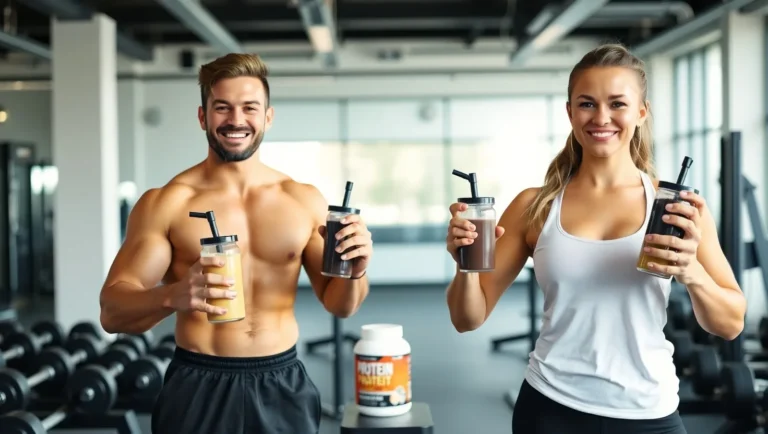
A focused male athlete wearing a supporter prepares for his workout in a modern gym, highlighting the importance of proper gym gear.
Introduction
When you step into a gym for the first time—or even after years of working out—one question many men often overlook is: “Do I really need to wear a gym supporter?” While some consider it outdated or unnecessary, others swear by it for safety and comfort.
In this blog, we’ll dive into whether wearing a gym supporter is truly essential, when it matters most, and what happens if you skip it. Whether you’re lifting weights, doing cardio, or just starting out—this guide has all the answers.

What is a Gym Supporter?
A gym supporter, often called a jockstrap or athletic supporter, is an undergarment designed to support the male genitals during physical activity. It typically consists of:
- An elastic waistband
- A supportive front pouch
- Straps that go around the thighs (sometimes)
- Optional cup space (for added protection in contact sports)
The main goal? Prevent strain, injury, and discomfort during exercise.
Why Do People Wear Gym Supporters?
1. Protection Against Injury
During intense workouts like weightlifting, HIIT, CrossFit, or sports that involve sudden movement, your groin area is at risk. A gym supporter keeps everything in place, reducing the risk of:
- Testicular strain
- Groin pulls
- Accidental impacts
2. Enhanced Comfort
Excessive bouncing or movement in the genital area can feel uncomfortable or even painful over time. A gym supporter offers a snug fit, making you feel more confident and focused.
3. Post-Injury or Medical Reasons
Doctors sometimes recommend supporters for those recovering from hernia surgeries, testicular injuries, or varicocele conditions, especially during physical exertion.
Is It Always Necessary to Wear One?
The short answer: Not always—but it depends on your workout type.
Here’s a breakdown of common workout types and whether you need a supporter:
| Workout Type | Supporter Needed? | Why/Why Not |
|---|---|---|
| Weightlifting | ✅ Yes | Protects from strain during heavy lifts |
| Running/Cardio | 🤔 Optional | Useful for long runs or intense HIIT |
| Yoga/Stretching | ❌ Not necessary | Low-impact, low risk of injury |
| Martial Arts/Boxing | ✅ Yes + Cup Optional | High risk of groin impacts |
| Light Workouts (Machines) | ❌ Not necessary | Minimal bouncing or risk |
Risks of Not Wearing a Gym Supporter
If you skip a gym supporter during high-impact workouts, here’s what could happen:
- Groin injuries: Due to bouncing or jerky movements
- Discomfort: Especially with looser shorts or underwear
- Reduced focus: Constant need to adjust or readjust
- Risk of hernia (in rare cases): Particularly in heavy lifting without proper core and groin support
Alternatives to Traditional Supporters
Not a fan of traditional jockstraps? No worries—there are modern alternatives:
1. Compression Shorts
These offer mild support and a snug fit. Good for running or lighter gym sessions.
2. Briefs with Support
Some athletic briefs offer inbuilt support pouches designed for gym use.
3. Supporter with Cup
Mostly used in sports like cricket, martial arts, or football for maximum protection.
💡 Tip: Always wear moisture-wicking fabric to prevent sweating, rashes, or chafing.
What the Experts Say
Many fitness trainers recommend wearing a supporter during heavy workouts, especially for beginners who haven’t yet developed core or pelvic strength.
Doctors also advise men with a history of inguinal hernia, varicocele, or testicular discomfort to use a supporter for additional protection.
But if your workout is light, low-intensity, or short in duration—it’s usually safe to skip it.
Common Myths Busted
❌ Myth 1: Supporters are only for professional athletes
Fact: Even casual gym-goers can benefit, especially during compound lifts or contact sports.
❌ Myth 2: They are uncomfortable and old-fashioned
Fact: Modern designs are comfortable, breathable, and available in soft materials like cotton, spandex, or mesh blends.
❌ Myth 3: Wearing a supporter daily can cause infertility
Fact: No evidence supports this claim. As long as it’s not too tight, there’s no negative effect on fertility.
When to Definitely Wear a Supporter
- You’re lifting heavy weights (like squats, deadlifts, or leg presses)
- You’re doing martial arts, boxing, or football
- You have a medical history (groin injury, hernia, etc.)
- You experience discomfort during cardio or jumping exercises
Tips for Choosing the Right Supporter
- ✅ Size matters: Too tight = pain; too loose = ineffective
- ✅ Choose breathable fabric to reduce sweating
- ✅ Wash regularly to avoid bacterial infections
- ✅ Replace if elasticity wears off
Conclusion
So, is wearing a gym supporter really necessary?
👉 Yes—depending on the type of workout and personal needs. For heavy lifting, contact sports, or long cardio sessions, it’s a smart and preventive step. But for low-impact workouts like yoga or machine exercises, it’s not a must.
Ultimately, it’s about comfort, protection, and knowing your own body. If you feel discomfort during your sessions, it might be time to give supporters a try.


